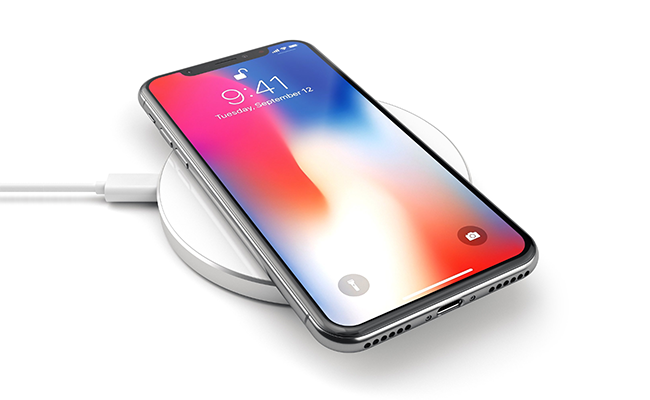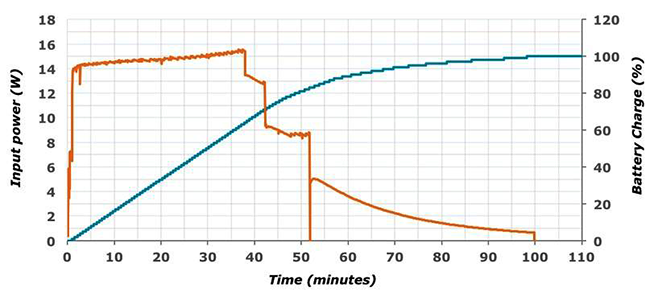
How Does Fast Charging Work? [Video]
Video uploaded by Techquickie on August 15, 2017
Does Fast Charging Harm Our Batteries?
A few years ago, the technology of fast battery charging was available only for expensive cell phones. Now it is even used with budget friendly devices. Although it is very convenient that we now have the opportunity to charge our devices sufficiently for a day of work in an hour or two, people are starting to wonder if this is killing our batteries. In this article we will explain how fast charging affects the battery.
The roots of fear about the danger of fast charge lies in the technology of lithium batteries. Such batteries are very sensitive to charge and discharge currents, so their work directly depends on them. An extremely fast replenishment or discharge can disable lithium batteries ahead of their time.
What is the most harmful thing for our batteries?
If we want to know if the technology of fast charging brings harm, we need to figure out the main factors contributing to the deterioration of our batteries. This includes high currents of charge and discharge, overheating, overcharging and over discharge. All modern batteries are equipped with a controller, which protects them from the last two factors. It disconnects any load as soon as the voltage drops below the permissible value (usually 2.8-3 volts). The controller also stops supplying current when it reaches its maximum (4.1-4.2 volts).

The controller board of the tablet battery
Overheating is very harmful, as it leads to accelerated cell degradation. If the limits of the permissible heating are exceeded, the battery may swell due to the boiling of electrolytes, or may even explode. The temperature monitoring function that is supported by the controller is provided to protect the battery. It does not allow the battery to overheat to critical values. This function does not work as reliable as protection against overcharging and over discharge.
High currents during the process of charging and discharging cause harm to the battery. If you charge your battery slowly, it will work longer. There are limits, so the maximum charge current for the lithium cell directly depends on the level of its charge.
You can compare it with a stadium. If people come one by one, everything will be fine, but the last visitors will be in their places later, if you let the crowd come in without limiting it, the filling will take less time, but there will be a big risk for people.
If the battery is protected from its recharge, over discharge and critical overheating with a controller, then fast charging harms it, since its purpose is to increase the charge currents and the electron flux density. This is what you may think happens, but that is not the case.
Why the technology of fast battery charging does not bring harm?
The technology of fast battery charging is difficult. It is not simply feeding a large current to a lithium cell in order to charge it as soon as possible. There are special controllers in our smartphones (as well as mobiles, tablets, laptops) which exchange data among themselves while working. They monitor the battery status, charge level, temperature, and load. Knowing these parameters, the technology of fast charging selects an optimal mode of operation, to not damage the battery.
As we have already mentioned above, the maximum permissible current directly depends on the level of charge. As long as the cell is discharged, it easily endures even a 1C current value (it is equal to 4A for 4000 mAh). The technology of fast charging uses it, pouring the first percent at the maximum allowable speed. In half an hour a 4000 mAh battery can be charged up to 2000 mAh of energy.

Battery charging: blue line — capacity, the orange one — power supplied to the battery
During the charging process, the controller gradually lowers the current to make it stay within acceptable limits. The current decreases to 0.75C, 0.5C, 0.2C, and further on until it reaches its minimum. The last 10% are charged slowly, at the current of 0.1C. That is why our smartphones are charged up to 50% in half an hour, but it takes about two hours to charge up to 100%.
If we go back to the example with the stadium, it will look like this: while the sector is empty and people can freely pass to their seats, the steward does not limit the passage. As soon as the tribunes are filled, and it becomes more difficult for the following visitors to come in, the steward gradually limits the skipping of people.
Some manufacturers (for example, Oppo, Vivo, OnePlus, Apple) go even further and use the multicellular assemblies connected in parallel. As a result, both the batteries, with a total capacity of 4000 mAh, receive only 2A each with the 4A current supply. The current poured into such battery is evenly distributed among cells. If current is low, the losses of resistance are low, too. So, the efficiency of charging gets higher.

The battery of iPhone X has two cells
Thanks to elaborate algorithms, fast charging does not harm our batteries. Some users may object: «My battery broke in a year because of it». It is not true. In fact, it happened because of the change in the operating scenario of the device caused by the presence of quick charge.
Smartphone owners are aware that smartphones do not hold charge very well. They do not overload the device to begin with, therefore sparing it. When you get the ability to use the technology of fast charge, everything changes. Remembering that you can always charge your phone from zero to 50% in half an hour, you begin to load your smartphone more actively, and then charge it more often
Any battery’s life is limited to approximately 500-1000 cycles. With the new scenario of charging, these cycles finish more quickly. This is why people tell each other that fast charging kills our batteries.
Links
- Fast and Ultra-fast Chargers – Battery University
- TOP 7 Myths About Battery Charge on Your Smartphone
- Sell old cell phone online – iGotOffer






Facebook
Twitter
RSS